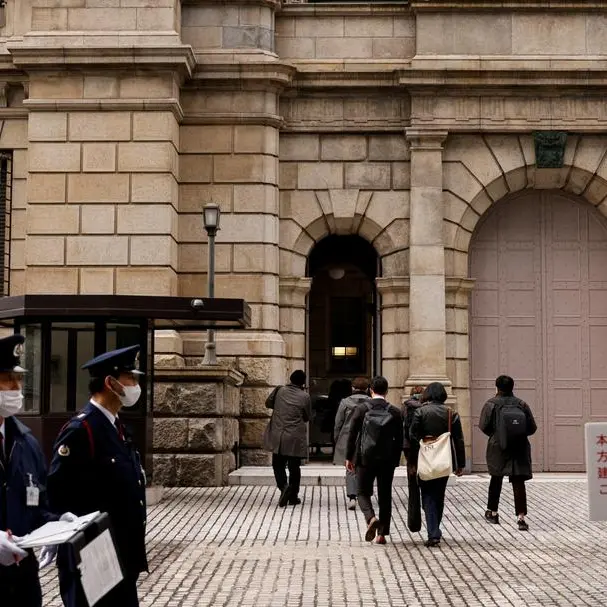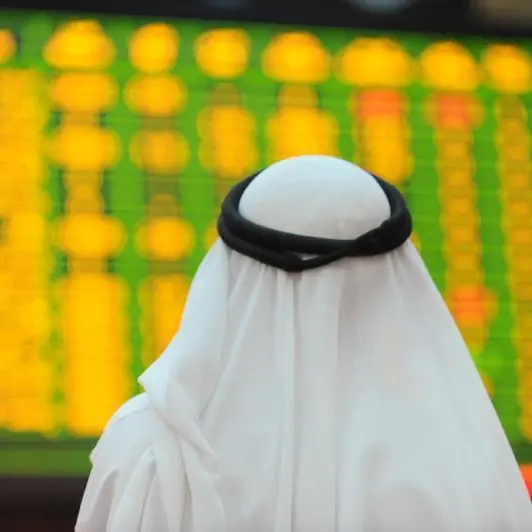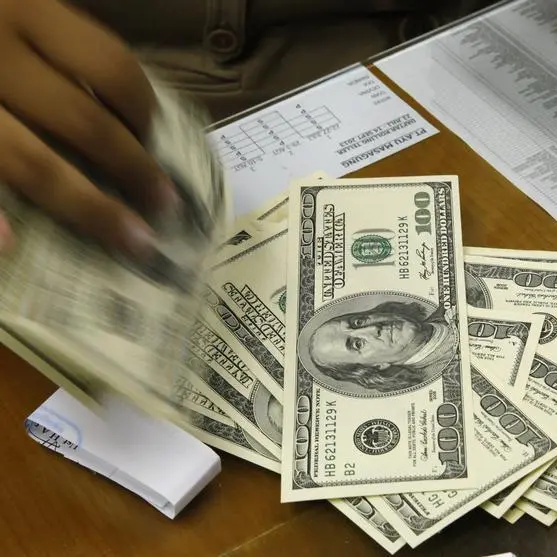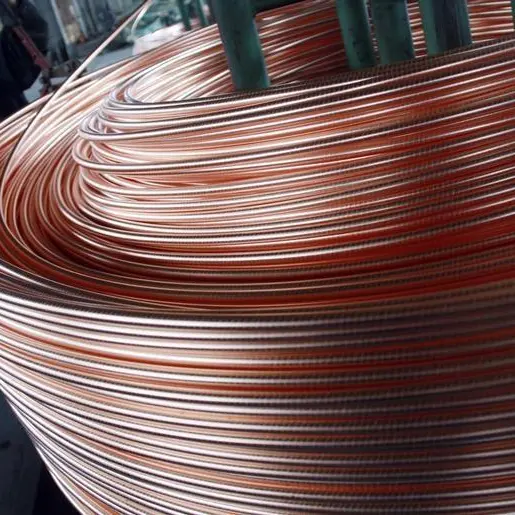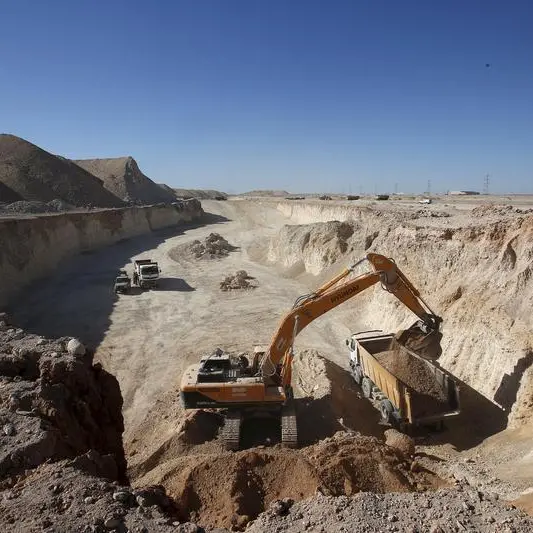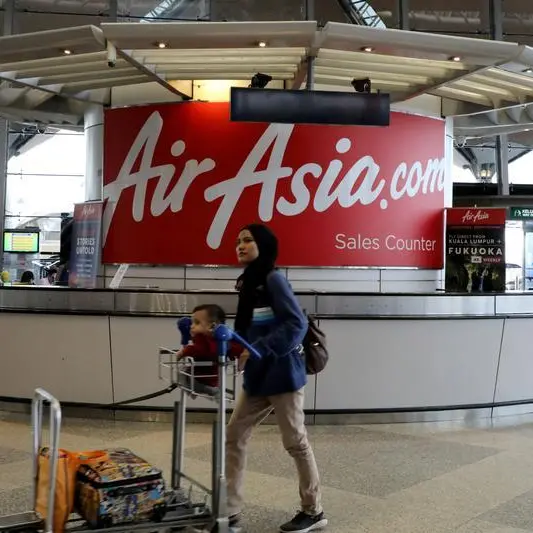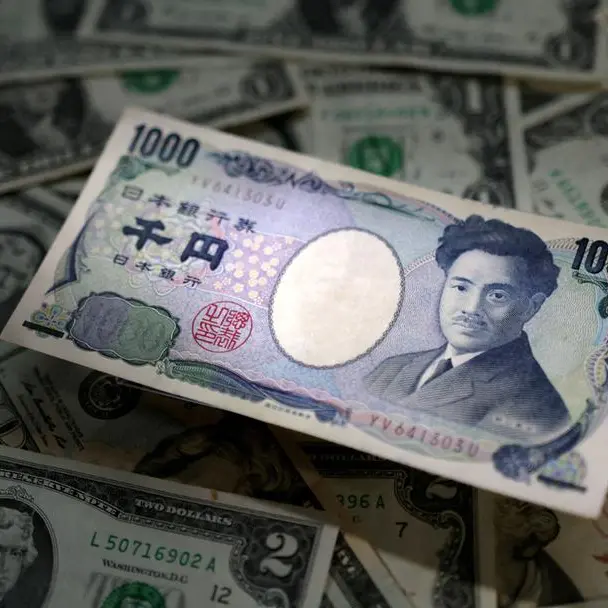PHOTO
Investors will be watching closely this week the United States Federal Reserve’s meeting, with high expectations that the Fed will raise interest rates for the first time this year.
“A rate hike of 25 basis points on Wednesday is almost a foregone conclusion,” James Chen, head of research at Forex.com in Bedminster, New Jersey told Reuters.
Oil prices ended the week higher after a big Friday rally, with Brent crude futures hitting their highest in more than two weeks.
Brent futures rose $1.09 to settle at $66.21 a barrel, a 1.7 percent gain. During the session, Brent hit $66.42, its highest since February 28.
U.S. West Texas Intermediate (WTI) crude futures for April, which will expire on Tuesday, rose $1.15 to settle at $62.34 a barrel, a 1.9 percent gain. WTI hit a high of $62.54, its highest since March 7.
In stocks, U.S. shares ended the day higher on Friday after a bad week.
The S&P 500, which was down 1.5 percent on the week through Thursday, avoided its first five-day losing streak of 2018, gaining 4.68 points, or 0.17 percent, to 2,752.01.
The Dow Jones Industrial Average rose 72.85 points, or 0.29 percent, to 24,946.51, while the Nasdaq Composite added 0.25 points to 7,481.99.
European shares lost ground for the week, despite a modest gain on Friday, the pan-European FTSEurofirst 300 index rose 0.29 percent on Friday and MSCI's gauge of stocks across the globe was about flat.
In the Middle East, stock markets were mixed on Thursday.
Dubai’s index added 1.0 percent, as blue chip Emaar Properties rebounded 2.9 percent. Builder Arabtec gained 0.9 percent after the board of the company proposed to resume paying a cash dividend for 2017.
Neighbouring Abu Dhabi’s index gained 0.5 percent to 4,543 points.
Saudi Arabia's index slipped 0.4 percent as continued profit-taking in a few blue chips dragged the index lower. Al Rajhi was down 1.4 percent to 74.0 riyals as it dropped for a third straight day.
Yanbu Cement gained 2.6 percent after proposing a dividend of 1.25 riyals per share for the second half of 2017, up from 0.75 riyal for the first half although down from 2.0 riyals for the second half of 2016.
Qatar’s index added 1.1 percent on the back of a surge in Qatar Navigation (Milaha), which added 4.0 percent in unusually heavy trade, ahead of Milaha’s entry into FTSE's All-World and AllCap indexes.
Egypt’s blue-chip index gained 0.7 percent, Kuwait’s index rose 0.2 percent, while Bahrain’s index fell 0.4 percent and Oman’s index edged up 0.1 percent.
In currencies, the dollar rose against most currencies on Friday, bolstered by solid U.S. economic data.
The dollar index was up 0.1 percent at 90.223.
“The gains in the dollar were a positive reaction to the data,” Omer Esiner, chief market analyst at Commonwealth Foreign Exchange in Washington told Reuters. “The reports show that the dollar’s fundamental backdrop remains strong.”
Gold prices edged down on Friday on a stronger dollar. Spot gold prices were trading at $1,312.36 per ounce by 1735 GMT.
For access to market moving insight, subscribe to the Trading Middle East newsletter by clicking here
Our Standards: The Thomson Reuters Trust Principles
Disclaimer: This article is provided for informational purposes only. The content does not provide tax, legal or investment advice or opinion regarding the suitability, value or profitability of any particular security, portfolio or investment strategy. Read our full disclaimer policy here.
© ZAWYA 2018
